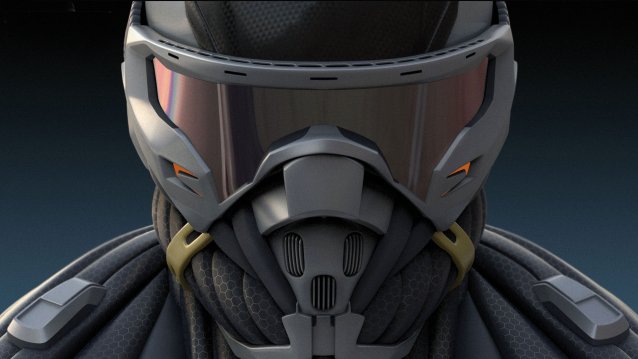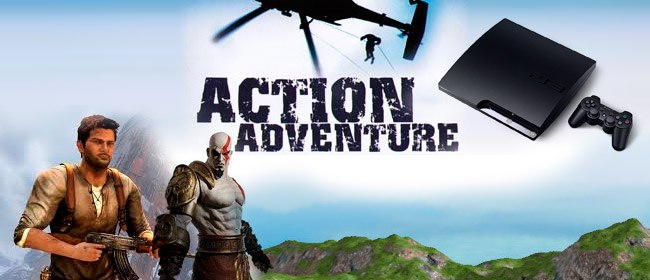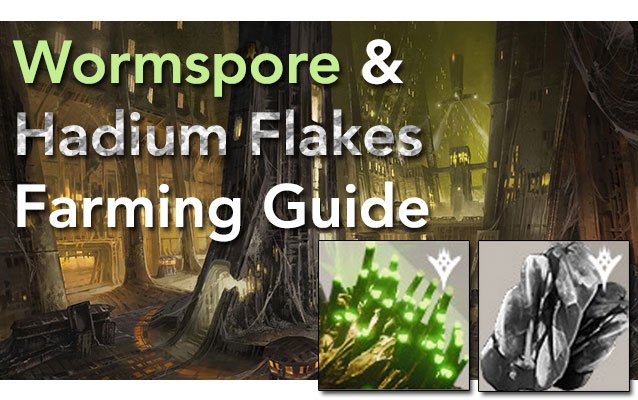

We’re sick of Ryu. Sick to death, in fact. No, it’s not like we’re saying that stock characters that wander around picking a fight aren’t still fun, but it’s starting to get stale. The fireballs, the uppercuts, the stoic main character; yes, we’re sick of the archetype, and the reason for that is because 2D fighting games have gone back to the well too often for its own good to make it fresh anymore. When we finally sat down with indie fighter Skullgirls, it was actually the first thing we looked for.
But behold, a Ryu was nowhere in sight. Yes, there are characters that toss projectiles, and yes, there are characters with Z-motion anti-air moves, but these are about as far away from archetypical as we’ve seen in a fighter in a long time. That says something of a cast of only 8 characters, and a lot for a new franchise trying to muscle in on a fighting game Renaissance that’s turning into more of a glut. Skullgirls is a fighter for fighting fans, and if you are a tournament-hopping player that holds your custom stick as a trophy, it’s one that you should be playing.
That being said, it’s obvious from the start that Skullgirls is made with the hardcore in mind. Essentially blending Capcom Vs. SNK 2’s Ratio System with a crossover tag fighter like the Marvel Vs. Capcom games, it’s conceivable that Skullgirls was made to be as tournament flexible as possible. Players on each side can choose to have one high powered fighter, three relatively meek combatants, or a team of two that splits the muscle down the middle. If both players decide they want to duke it out one on one, the match proceeds as a best two out of three bout akin to most other games. If one or both players want a tag team instead of a solo, the fight auto-shortens to one round to keep things light and moving. Any player that’s been to a recent King of Fighters XIII tournament will tell you that this is more of blessing than you may realize.
With or without team dynamics like tag assist attacks and snapback-type moves that force another team member into the fray, combos fly fast and loose here. From normal throws to special moves to supers (here called Blockbusters) nearly every move can be followed up with something to keep the beating coming. Normal moves easily string from light-to-medium-to-hard and can be easily used to follow up an opponent bouncing off of the wall or floor, and launching opponents into the air to keep combo strings and tag attacks coming is how the game is played.
This makes the barrier for entry relatively high. Even though the game is in its infancy, online matches are already teaming with players that are stringing together 10-20 hit combos with consistency, and this might intimidate the newcomer. The package does include a tutorial on how to use and defend against all of the high-level shenanigans that the uninitiated should expect, but this just goes to show that Skullgirls was made more for the practiced hand.
But if you’re willing to put in the work, you’ll find it very rewarding. While what you get for the price of admission is a little sparse with only 8 characters and nothing in the way of individual training for them, they are each so unique and diverse in the way that they play that both new and old fighting fans will have plenty to keep them busy. Ms. Fortunate, the for example, can pop off her own head and use it as either a projectile or as a separate attacker that can box you in similar to Urien’s Aegis Reflector in Street Fighter III: Third Strike. But it can last the whole round, making your spacing feel claustrophobic. That’s what we call left-of-center.
Speaking of Third Strike, last year’s superb Online Edition has nothing on Skullgirls online modes, even though they share GGPO net code. Fights are clearly identified as to their stability before proceeding, and some minor adjustment to the amount of frames that can be skipped are available to be tinkered with before every match. Probably 80% of online fights that we took part in were smooth and fluid with only a handful being rather unplayable. Again, though, there wasn’t a lot to it; the basic ranked and unranked matches were there, but no tournament or spectator modes in sight.
Curious-to-awkward use of anatomically impossible women as a whole cast aside, the art and animation are really something to see, too. The art deco design is only on the surface compared to the Tex Avery-meets-Bubblegum Crisis subtlety that gives not only the playable characters but also the backgrounds a lot of flair. The backdrops in particular are very captivating with the watercolor look of the Foghorn Leghorn cartoons of yesteryear.
But as good as it looks, the art is just Skullgirls’ window dressing. While there aren’t a lot of characters or other modes, it’s a very deep fighting game that will keep even old hands pleased and occupied. If you don’t mind spending more than your share of time in practice mode, Skullgirls could just become one of the better fighters you’ve played in a while.




 Top 10 Action Adventures Games for PS3
Top 10 Action Adventures Games for PS3 Wii U Error 160-4711 Workaround Fix Discovered
Wii U Error 160-4711 Workaround Fix Discovered Xbox Destiny beta running below 1080p, can it jump for September?
Xbox Destiny beta running below 1080p, can it jump for September? Destiny: The Taken King Guide - Fastest Way to Farm Wormspore & Hadium Flakes
Destiny: The Taken King Guide - Fastest Way to Farm Wormspore & Hadium Flakes Star Wars Battlefront: How to Play Leia
Star Wars Battlefront: How to Play Leia